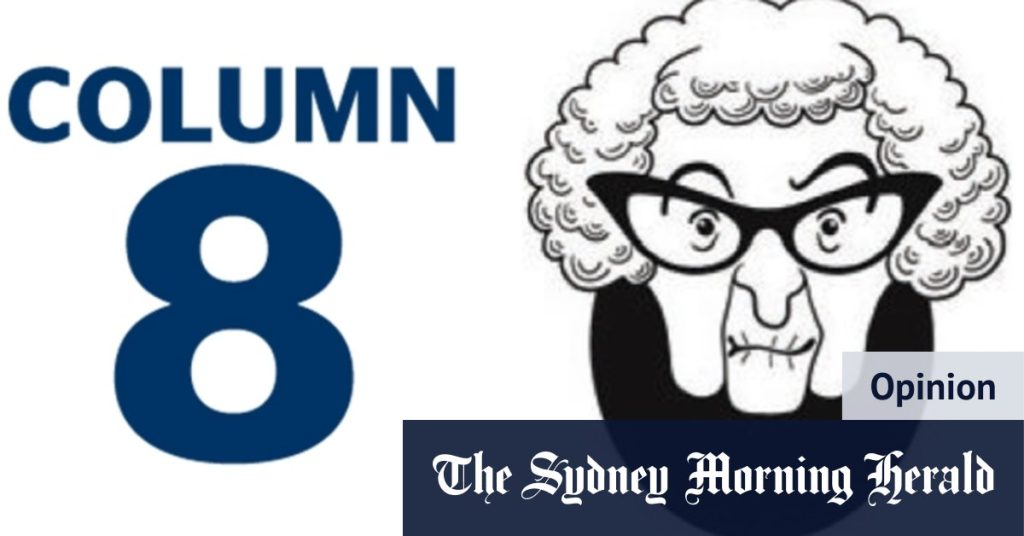Readers are engaged in a lively discussion about demonyms, with individuals from various regions sharing their unique identifiers. Jennifer O’Brien proudly refers to herself as a “Boganguardian” from Bogangar on the NSW far north coast, while Joy Cooksey humorously wonders if residents of Foster Keys are known as “Fosturkeys”. Sarah Hammond points out the amusing nickname given to seasonal visitors in Batemans Bay as “Christmas beetles”, reflecting a sense of local pride and identity.
Peter Holt recounts a humorous encounter at a bar in Kulgera, where a man from South Australia questions why they are referred to as “crow eaters”, only to receive a witty response from the barman about the scarcity of crows due to their consumption. Meanwhile, Meri Will proudly declares her residence in Baulkham High Hills North without any pretension, inspired by the elevation of the district of Northern Neutral Bay Heights.
David Pigott reflects on the practical use of the Sevens drinking game in his older age, as he is often asked to count backwards by sevens in an old person’s test. Janice Creenaune shares a touching story about her father failing an acuity test after referring to his wristwatch as a Seiko, showcasing the cultural and generational nuances that can impact such assessments.
Paul Keir and Andrew Cohen offer differing perspectives on the definition of a generation, with Keir questioning John Perry’s assertion of 15 years for a generation in Newtown. Cohen suggests a more practical timeframe of 30 years considering societal changes such as older parents having children later in life. These viewpoints demonstrate the complexity and fluidity of generational definitions in contemporary society.
The varied anecdotes and reflections from readers highlight the importance of local identity and humor in demonyms and cultural references. From playful nicknames like “Fosturkeys” to witty retorts about crow consumption, these interactions showcase the diverse and often lighthearted ways in which individuals connect with their communities and regions. The nuances of acuity tests and generational definitions also add layers of complexity and insight into how individuals navigate age-related assessments and societal norms.
Overall, the engaging discussions in Column8@smh.com.au illuminate the rich tapestry of experiences and perspectives that readers bring to demonyms, cultural references, and generational definitions. These stories reflect a sense of pride, humor, and contemplation as individuals share their unique identities and interactions within their communities. The diverse range of voices and experiences contribute to a lively and thought-provoking dialogue on identity, aging, and cultural nuances in today’s society.


